detail profile sergei loznitsa

Sergei Loznitsa
Sergej Loznitsa
atau dikenal sebagai
Riwayat Hidup
Sergei Vladimirovich Loznitsa (Belarusian: Сяргей Уладзіміравіч Лазніца, Ukrainian: Сергій Володимирович Лозниця, Russian: Сергей Владимирович Лозница; born 5 September, 1964; Baranovichi, Brest Voblast) is a Ukrainian director of Belarusian origin known for his documentary as well as dramatic films.
Born in 1964, Ukrainian filmmaker Sergei Loznitsa grew up in Kyiv, and graduated from Kyiv Polytechnic in 1987 with a degree in Applied Mathematics.
In 1997, Loznitsa graduated from the Russian State Institute of Cinematography (VGIK) in Moscow, where he studied feature filmmaking.
Sergei Loznitsa has directed 18 documentary films since 1996 and has received numerous international awards, including festival prizes in Karlovy Vary, Leipzig, Oberhausen, Krakow, Paris, Madrid, Toronto, Jerusalem and St.
Petersburg, as well as the Russian National Film awards “Nika” and “Laurel”.
Loznitsa’s feature debut My Joy (2010) premiered in competition at the Festival de Cannes, and was followed by In the Fog, which also premiered in competition at the Festival de Cannes in May 2012, where it was awarded the FIPRESCI Prize.
His feature film A Gentle Creature premiered in competition at the Festival de Cannes in May 2017.
Info Pribadi
Peran Yang Di Mainkan Sergei Loznitsa
 A critical and objective look back...
A critical and objective look back...A Nation Denied: Ukraine's Battle for History 2024
A critical and objective look back at Ukraine's tumultuous and tragic history, from its mythical founding in the 10th century to the Russian invasion in 2022.
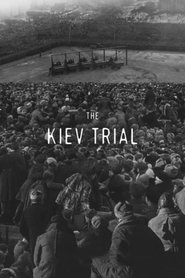 The Kyiv Trial also known as...
The Kyiv Trial also known as...The Kyiv Trial 2022
The Kyiv Trial, also known as the ‘Kiev Nuremberg’, took place in January of 1946 in the Soviet Union, and was one of the first post-war trials convicting German Nazis and their collaborators. 15 criminals, guilty of atrocities, which were later identified by the Nuremberg trials as “crimes against humanity”, faced justice in case No.1679 “On the atrocities committed by fascist invaders on the territory of the Ukrainian SSR.” Using unique, previously unseen, archive footage, Sergei Loznitsa reconstructs key moments of the proceedings, including statements of the defendants and testimonies of the witnesses, survivors of Auschwitz and Babi Yar among them. The film lays bare the ‘banality of evil’ and is devastatingly relevant today, as Ukrainian people are once again being subjected to the violence of barbarian invaders.
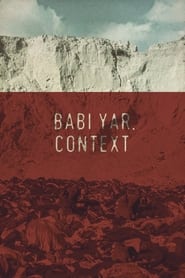 Nazi troops massacre 30000 Jews over a...
Nazi troops massacre 30000 Jews over a...Babi Yar. Context 2021
Nazi troops massacre 30,000 Jews over a three-day period in September 1941. Babyn Yar ravine in Kyiv, Ukraine.
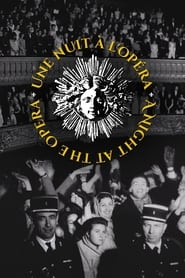 A documentary view of the galas...
A documentary view of the galas...A Night at the Opera 2020
A documentary view of the galas of Paris’s Palais Garnier in the 1950s and ’60s.
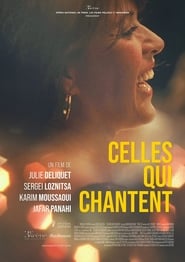 From an Iranian village to the...
From an Iranian village to the...Celles qui chantent 2020
From an Iranian village to the Palais Garnier, from a hospital in Villejuif in the South of Algeria, voices are raised ... Four filmmakers, Julie Deliquet, Karim Moussaoui, Sergei Loznitsa and Jafar Panahi film songs of women and evoke in their own way, the world in which each of them lives.
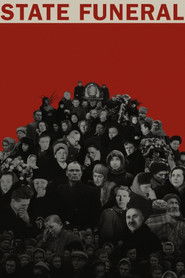 The enigma of the personality cult...
The enigma of the personality cult...State Funeral 2019
The enigma of the personality cult is revealed in the grand spectacle of Stalin’s funeral. The film is based on unique archive footage, shot in the USSR on March 5 - 9, 1953, when the country mourned and buried Joseph Stalin.
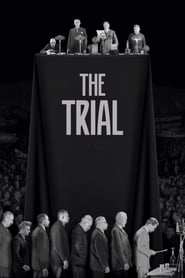 In 1930 in Moscow USSR the Soviet...
In 1930 in Moscow USSR the Soviet...The Trial 2018
In 1930 in Moscow, USSR. the Soviet government puts a group of top rank economists and engineers on trial, accusing them of plotting a coup d'état. The charges are fabricated and the punishment, if convicted, is death.
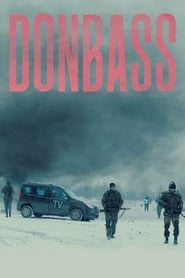 In the historic Donbass region of...
In the historic Donbass region of...Donbass 2018
In the historic Donbass region of eastern Ukraine, despite the cruel war that has been raging since 2014 between the self-proclaimed People's Republics of Donetsk and Luhansk and the Ukrainian government, people try to survive in the rotten heart of chaos, where violence disguises itself as peace, propaganda becomes univocal truth and hatred reigns in the name of love.
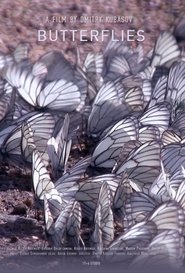 Alexey is shooting a movie about...
Alexey is shooting a movie about...Butterflies 2016
Alexey is shooting a movie about himself. He is in search of a boyfriend. Everything would be alright, if Alexey's mother could accept his sexuality. Alexey comes to visit her and admits that he likes boys, saying 'Don't you anticipate any grandchildren from me'. We find Alexey at Tarkovsky film festival, where he apparently came to rest. Alexey meets Grisha, and a stormy holiday romance begins.
 The new film from Sergei Loznitsa...
The new film from Sergei Loznitsa...Austerlitz 2016
The new film from Sergei Loznitsa (Maidan, The Event) is a stark yet rich and complex portrait of tourists visiting the grounds of former Nazi extermination camps, and a sometimes sardonic study of the relationship (or the clash) between contemporary culture and the sanctity of the site.
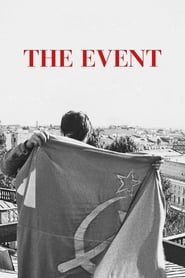 In August 1991 a failed coup dtat...
In August 1991 a failed coup dtat...The Event 2015
In August 1991 a failed coup d'état attempt (known as Putsch) led by a group of hard-core communists in Moscow, ended the 70-year-long rule of the Soviets. The USSR collapsed soon after, and the tricolour of the sovereign Russian Federation flew over Kremlin. As president Gorbachev was detained by the coup leaders, state-run TV and radio channels, usurped by the putschists, broadcast Tchaikovsky's "Swan Lake" instead of news bulletins, and crowds of protestors gathered around Moscow's White House, preparing to defend the stronghold of democratic opposition led by Boris Yeltsin, in the city of Leningrad thousands of confused, scared, excited and desperate people poured into the streets to become a part of the event, which was supposed to change their destiny. A quarter of a century later, Sergei Loznitsa revisits the dramatic moments of August 1991 and casts an eye on the event which was hailed worldwide as the birth of "Russian democracy".
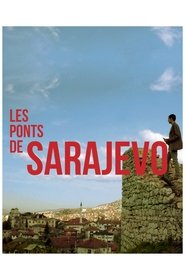 Thirteen European directors explore the theme...
Thirteen European directors explore the theme...The Bridges of Sarajevo 2014
Thirteen European directors explore the theme of Sarajevo; what this city has represented in European history over the past hundred years, and what Sarajevo stands for today in Europe. These eminent filmmakers of different generations and origins offer exceptional singular styles and visions.
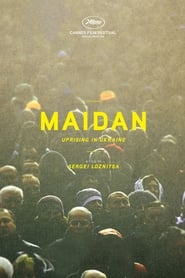 A chronicle of the civil uprising...
A chronicle of the civil uprising...Maidan 2014
A chronicle of the civil uprising against the regime of Ukrainian president Viktor Yanukovych that took place in Kyiv in the winter of 2013/14. The film follows the progress of the revolution: from peaceful rallies, half a million strong in the Maidan square, to the bloody street battles between protesters and riot police.
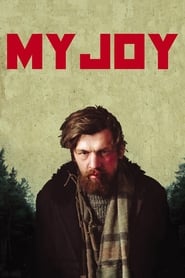 Georgy is driving a load of...
Georgy is driving a load of...My Joy 2010
Georgy is driving a load of freight into Russia when, after an unpleasant encounter with the police at a border crossing, he finds himself giving a lift to a strange old man with disturbing stories about his younger days in the Army. After next picking up a young woman who works as a prostitute and is wary of the territory, Georgy finds himself lost, and despite asking some homeless men for help, he’s less sure than he was before of how to make his way back where he belongs. As brutal images of violence and alienation cross the screen, Georgy’s odyssey becomes darker and more desperate until it reaches an unexpected conclusion.
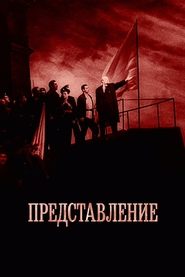 As he did with his criticallyacclaimed...
As he did with his criticallyacclaimed...Revue 2008
As he did with his critically-acclaimed "Blockade," a documentary re-creation of the WWII siege of Leningrad, which received its NY theatrical premiere in March 2007, filmmaker Sergei Loznitsa has once again scoured the Russian film archives for "Revue," selecting excerpts from newsreels, propaganda films, TV shows and feature films that present an evocative portrait of Soviet life during the 1950s and 1960s. With scenes taken from the length and breadth of the “Soviet Motherland,” "Revue" illustrates industry and agriculture, political life, popular culture, and technology. The film’s fascinating flow of disparate scenes representing typical Soviet life of the period is, seen from today’s perspective, alternately poignant, funny, and tragic
 The images comprise only of material...
The images comprise only of material...Blockade 2006
The images comprise only of material Sergei Loznitsa found in the Moscow film archives about the siege of Leningrad during the World War II. By providing the originally silent images with a meticulously reconstructed soundtrack, the scenes from everyday life under siege seem to be set in the present. By not intervening in the montage but giving the scenes room to tell a story, the scenes transcend the specific historic events and lead a new life. They do not evoke memories of the past, but become a breathtaking reanimation of reality.
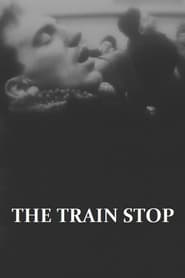 Trains travel through the night without...
Trains travel through the night without...The Halt 2000
Trains travel through the night without stopping. The clatter of the carriages quickly disappears, along with the wail of the locomotive. The people at the station are all asleep. But why are they so exhausted ? And what are they waiting for? Set inside an isolated train depot, The Train Station is one of Sergei Loznitsa's most haunting films. It is also one of his most pointed social critiques. In this film, we are brought to a remote train station deep in the Russian woods. It's nighttime. In the distance, we hear the clatter of locomotives. The station, a small wooden building, sits silently, surrounded only by snow and train tracks.
 The film focuses on a young...
The film focuses on a young...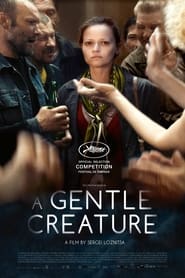 A woman lives in a small...
A woman lives in a small...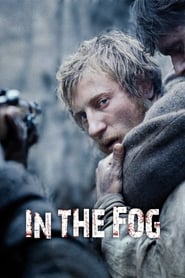 Western frontiers of the USSR 1942 The...
Western frontiers of the USSR 1942 The...